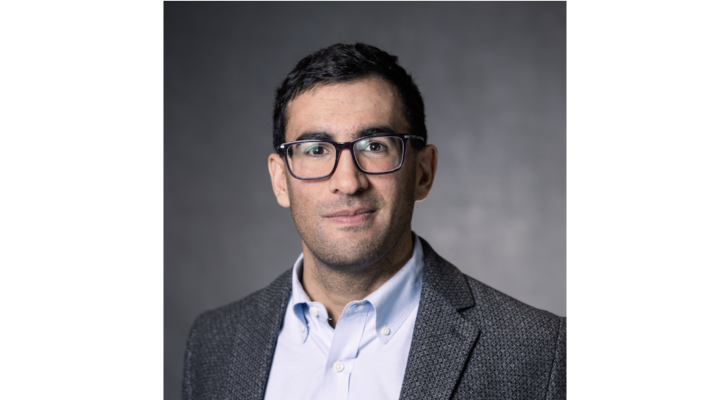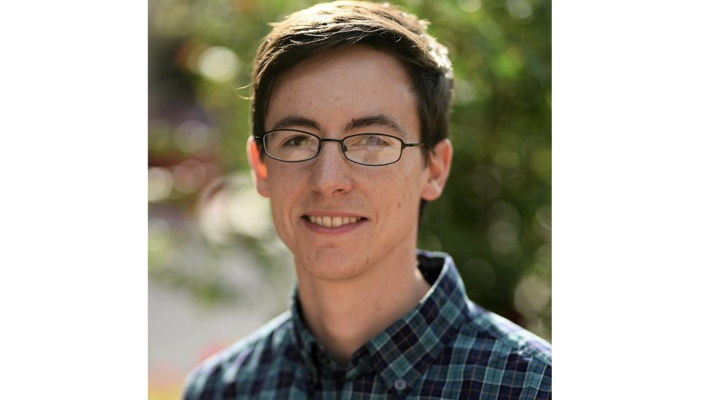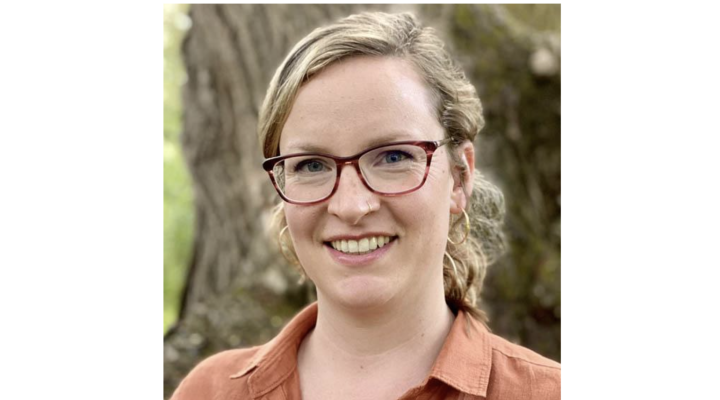Robert Shepherd has been around the world and back—born in Hawaii, spent ten years in Scotland (with relatives that work at the Macallan distillery), and a couple more in Italy. But, when his father retired from the U.S. Navy, the family settled down in central Illinois. It was there, as a high school student, that Shepherd found his life’s calling on the Discovery Channel’s “The Next Step.”
The hosts of the science and technology show demonstrated an aerogel, a very low-density ceramic material. “It’s very lightweight and refractory, so you can have a blowtorch on one side and put your hand on the other side and you won’t feel the heat. That was just remarkable to me,” says the assistant professor of mechanical and aerospace engineering. “I thought, ‘I really want to get involved in engineering materials.’”
Shepherd’s doing just that—creating functional materials that push the boundaries of robotics and 3-D printing.
For his Ph.D. research at the University of Illinois, he worked on developing ceramic and hydrogel printable materials, as well as new types of nozzles for 3-D printers. While the work got him lots of exposure to materials science, Shepherd wanted to explore more material systems.
So he took a postdoc with George Whitesides, a chemist at Harvard University, but his research took an unexpected turn. “I ended up going the opposite direction and making robots there,” says Shepherd, who helped start the still vigorous robotics program within Whitesides’s lab.
Shepherd worked on soft robots, made of elastomers like silicone rubber. “Because of their stretchability, you can have this very smooth, lifelike motion with very simple controls,” he says.
These soft robots are disposable, low-cost, and able to access areas that are hard for humans to get to—qualities that make them ideal for search and rescue operations, for which hard robots can cost millions of dollars. Shepherd credits a master of science fiction for his interest in robots. “I have always been a fan of Isaac Asimov,” he says.
Shepherd was also excited to try a new approach to robotics, noting that, for a long time, the method to improving these machines was by increasing the complexity of the software that controlled them. Instead, Shepherd uses “material intelligence” to expand robots’ abilities. “When someone has a computer program, that just means you input one thing and output another,” he explains. “If you program a material, you input one stress and you output a response.”
Specifically, Shepherd’s worked with what’s known as soft actuators, which allow flexion in multiple directions, enabling machines to manipulate delicate objects more easily and move more nimbly. “That’s something I wanted to bring to the table,” says Shepherd.
At Cornell, Shepherd is looking at new types of rapid, non-filament-based prototyping as well as new, faster types of soft actuators that can handle larger loads. Shepherd notes that the robots he’s built before “look pretty cool but they go pretty slow. And if you put any significant weight on them, they just collapse,” he says. “If they were an animal, they would be eaten. I want some robots that can do some heavy lifting.”
Shepherd is also interested in using granular materials in engineered systems. “Sand can behave as a gas, liquid, and a solid,” says Shepherd. “If you blow on sand, it’s like a gas, you can slide on it, and if you stand on it, it can support you.” He plans to build on this concept, to use reconfigurable matter for building engineering systems, for future projects.
As an avid camper and hiker, Shepherd was drawn to Cornell and the Ithaca area’s natural beauty. “Also, this place reminds me a lot of Scotland, so it felt like home to me.” He’ll be adding to this image when he begins to train his Australian shepherd to start herding sheep. “He’s brilliant,” says Shepherd.




